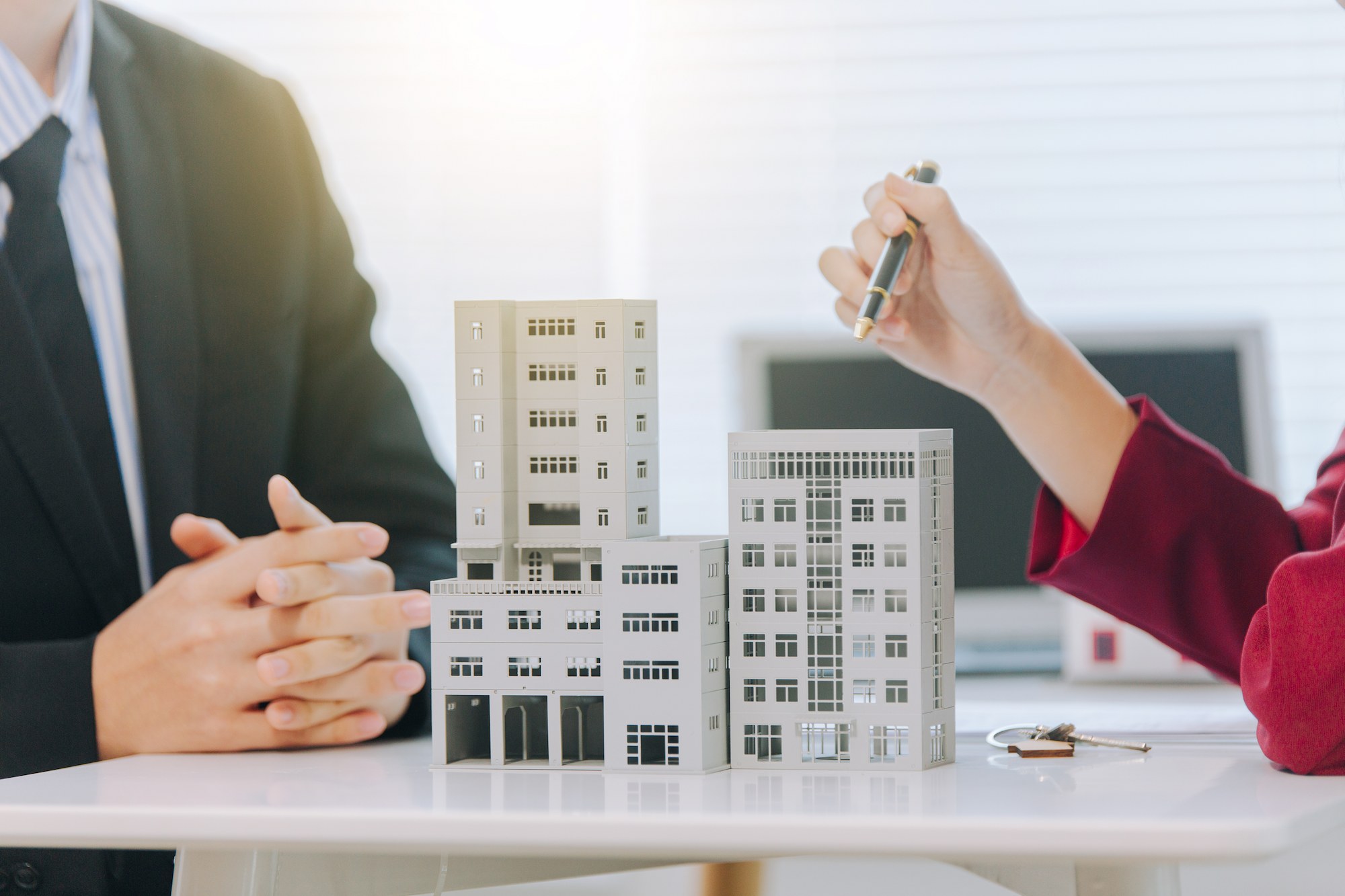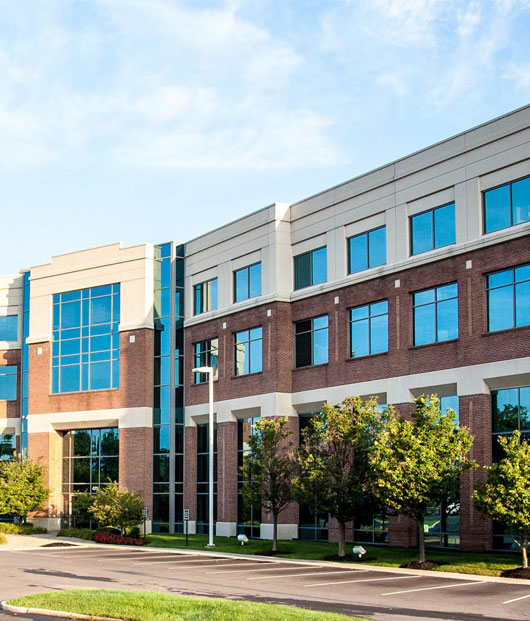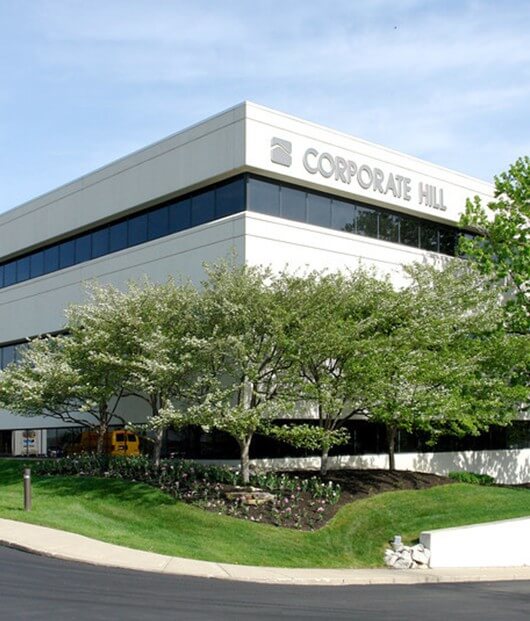Just because a commercial property looks perfect from the outside doesn’t mean it’s flawless. That’s why it’s important to take a look under the hood, per se, and evaluate structural, environmental and zoning factors before you invest your time and resources in CRE. Read on to learn about some of the most important elements to assess.
Location, Infrastructure and Accessibility
The location of your potential investment property can influence your ability to attract and retain commercial tenants. It directly affects accessibility to highways, public transportation and essential services.
Ask yourself the following questions about a property:
- How close is it to highways, interstates and major intersections?
- How difficult is it to find from the street?
- Is it near other businesses, restaurants and shopping centers?
- What does the surrounding neighborhood look like?
- Are the roads around the building maintained or in disrepair?
It’s important to consider how easily tenants will be able to find and access the building. They’re the ones who will be driving to and from your property most often, after all.
Building Condition and Structural Integrity
Curb appeal has its place in the world of CRE. A visually appealing exterior is more attractive to tenants, customers and visitors than a shabby building with unkempt grounds. Consider your first impression of a potential investment property, then think about how someone who must pay to use the space would look at it.
Are there structural issues? Does the interior have a functional layout? Can floor plans be adapted for different configurations and uses?
A quality commercial space that’s well-maintained is not only more appealing to tenants but also presents opportunities for more income. The state of your property also impacts your operational costs. Outdated systems and finishes could cost more to repair and replace than investing in a newer building with a higher price tag.
Climate Risk and Weather Resilience
While it may not be the first factor that comes to mind, it’s still crucial to consider seasonal and weather pattern changes when purchasing a commercial property. Weather-resilient locations that have higher elevations and milder winters continue to attract investors and tenants due to the reduced climate risk.
You should scrutinize flood history, snowfall and soil erosion since they’ll affect how you manage your property throughout the year. If your investment is in a flood zone or an area that’s prone to heavy snow and ice, you may face increased insurance premiums and operating costs. Stricter underwriting often requires specific documentation, floodproofing and drainage infrastructure before you can acquire coverage.
Environmental Hazards and Site Contamination
Consider the following environmental factors in real estate:
External hazards: Soil contamination, groundwater pollution and previous land use pose a risk to the integrity of a property. That’s why it’s important to learn about the businesses and neighborhoods around the building. If you’re located near fuel stations, landfills, manufacturing facilities or industrial parks, you could be susceptible to environmental pollution and liable for cleanup. That might drive away potential tenants and make it more difficult to sustain steady rental income.
Internal hazards: Depending on the age of the building, you could have issues with asbestos, lead paint, Legionella and mold. Those factors pose a health hazard to you, your staff and your tenants, increasing your liability risk as the owner. Renovating a building to meet health inspection standards and updating pipes, ventilation and electrical systems can get expensive. Ask for a service history of the building to review previous upgrades and determine what work needs to be done.
Zoning and Land Use Regulations
Zoning laws and city, state and federal regulations determine the types of businesses that can use your commercial space. They also guide accessibility and energy efficiency efforts, which is why it’s important to understand the potential hurdles they present before you purchase CRE.
If you want to change the size or layout of a property, you’ll need to review zoning regulations to understand height and density limitations. Mixed-use zoning allows for commercial and residential property developments and presents dynamic investment opportunities. Consult the municipal or county planning and zoning department for maps and restrictions.
Build Long-Term Value Through Smart CRE Decisions
DRK and Company specializes in brokering and managing commercial real estate in Columbus, Ohio. Our expert team will get to the heart of your investment needs and find suitable properties to optimize your portfolio. Contact us to learn more about our services and schedule a consultation.
Until next time,

Sarah Campbell
Director of Commercial Real Estate







